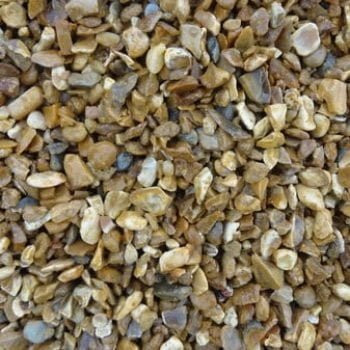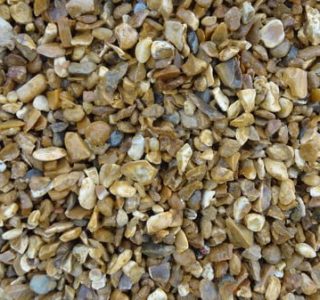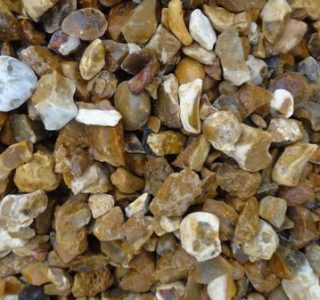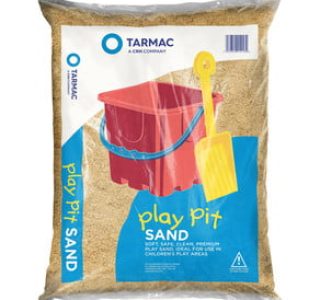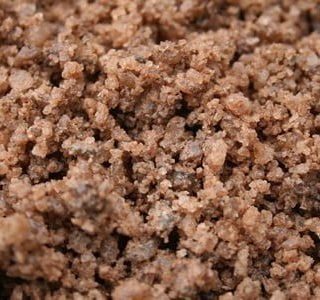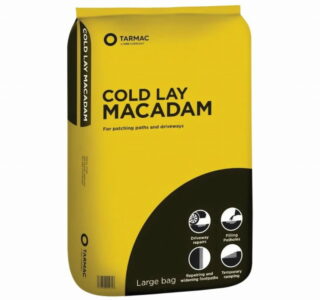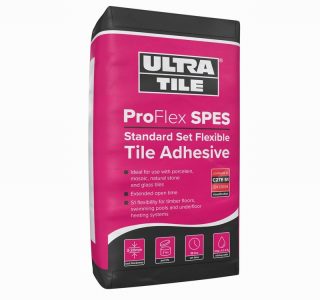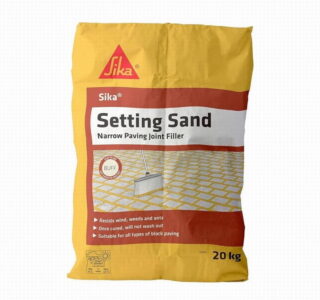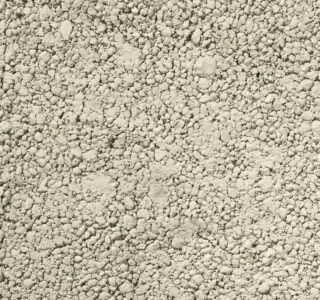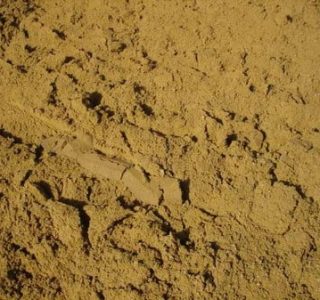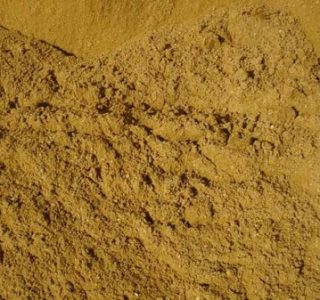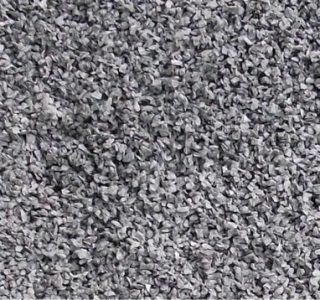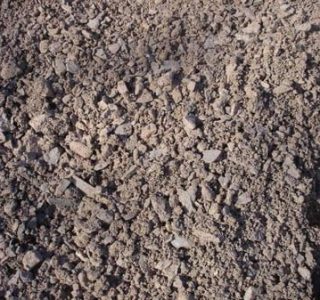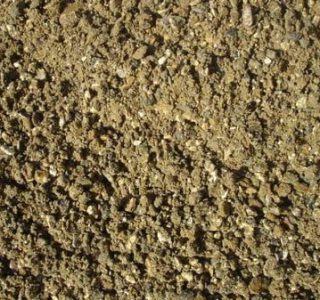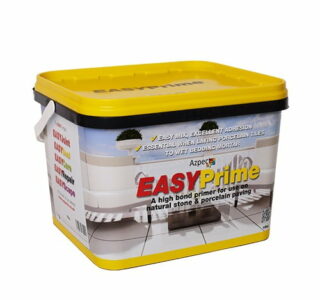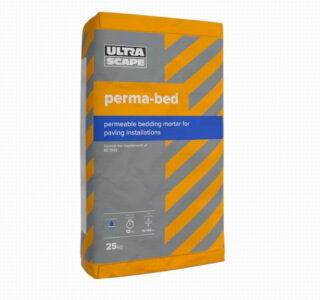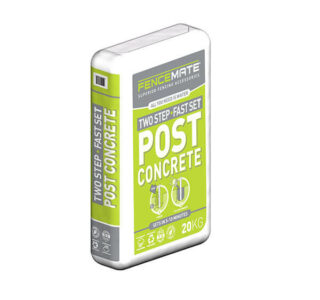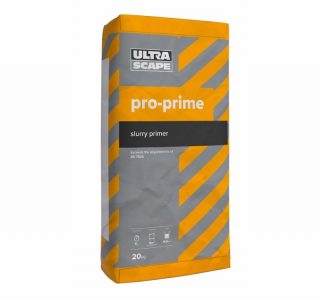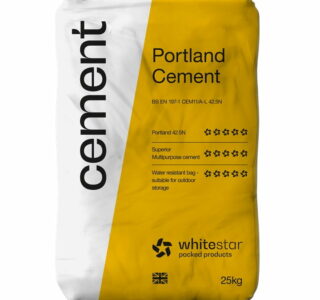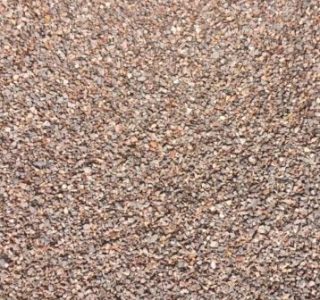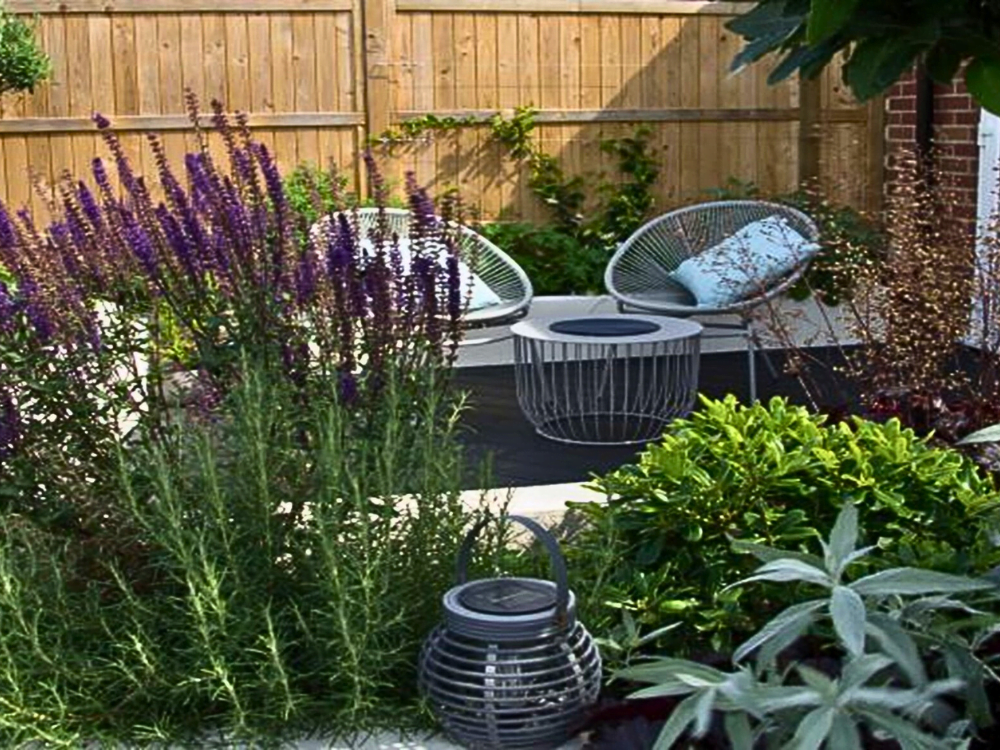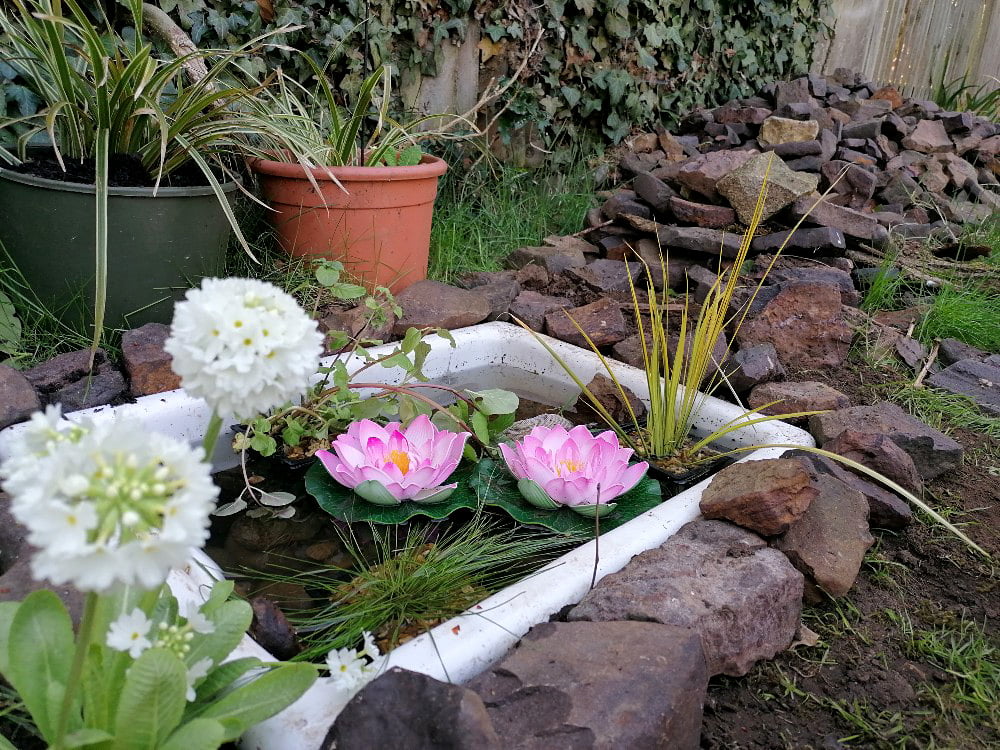
Seven simple steps to make a mini pond in your garden
Creating a wildlife pond is one of the very best things you can do to improve biodiversity in your garden. Ponds attract amphibians, birds and insects and can be a hive of activity. It’s very easy to get one started with just a few basic materials…
1 Make your sink watertight
If the plug has gone missing, don’t worry, a small blob of concrete will quickly make it watertight.
2 Put in a layer of gravel or stones
Put your layer of gravel or stones on the bottom. This will hide your plug hole and provide habitat for small insects.
3 Make your sink watertight
If you can, fill your pond using rainwater from a butt as it’s safer for wildlife. Otherwise let the water stand for a couple of days.
4 Introduce aquatic plants
Try to choose one plant for height, such as a Cyperus or Iris Pseudacorus. Most garden centres now stock a range of plants, including vital oxygenators. For preference put plants in aquatic baskets, but just a simple pot will be enough to stop plants spreading.
5 Add bricks
Put a couple of staggered bricks inside the sink to help creatures to climb out and go searching for slugs. This one also has a ramp to ground level and has been quickly colonised by frogs.
6 Raise the sink on bricks
This will give toads and newts a damp and dark space to enjoy underneath. This will be especially popular if it’s surrounded by dense planting, such as wild strawberries, scented hardy geraniums or ferns.
7 Create somewhere for birds to perch
Birds will bathe or investigate if they have somewhere to rest nearby. Something as simple as a tethered stick is ideal.
Sit back and watch wildlife come to your garden
Your mini pond will be a great home for amphibians, birds and insects. If you’re lucky you might see bright blue and red damsel flies skimming the surface of the water looking for somewhere to lay their eggs.
For more information see this great video on how to make your garden reptile and amphibian-friendly.
